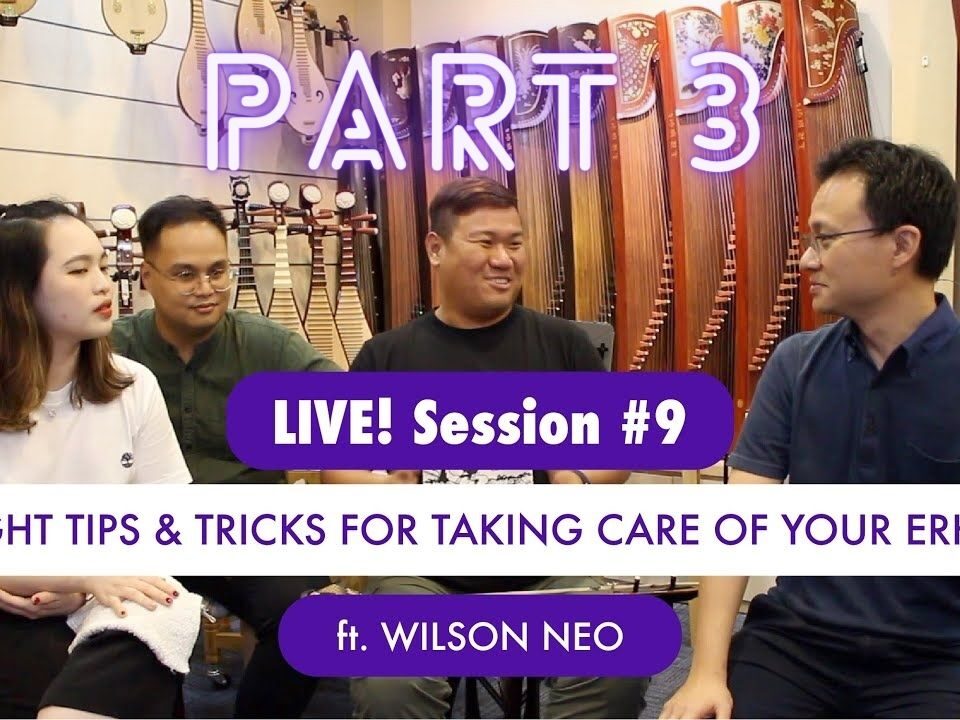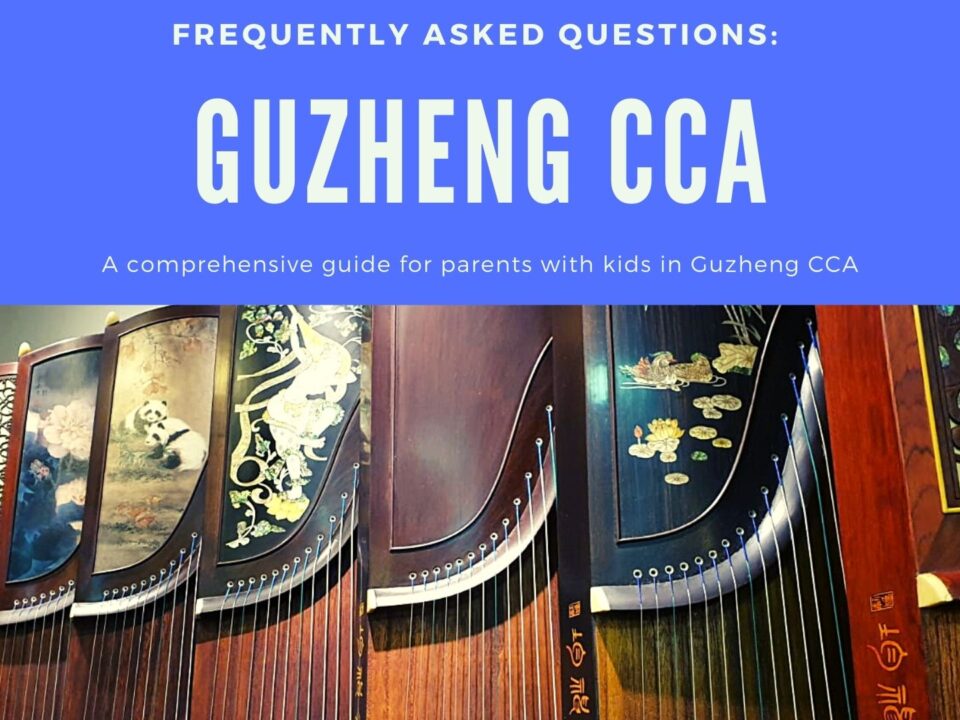Assessing an Erhu from pictures
March 25, 2015Comparing 2 models of Dizi
October 2, 201515 Observations from SYF Chinese Orchestra 2015
(Disclaimer: The following views are from a layman’s point of view which is subjective and do not represent the views of MOE.)
The Singapore Youth Festival Arts Presentation (SYF) for Chinese Orchestra (CO) 2015 for secondary schools and junior colleges ended just yesterday.
For those unacquainted with what SYF is, every year, schools with COs get together to perform 2 pieces in the presence of 5-6 adjudicators. The judges will grade their performances and confer the CO with ‘Certificate of Distinction’, ‘Certificate of Accomplishment’ and ‘Certificate of Commendation’. SYF occurs bi-annually for schools but it rotates between primary schools and secondary schools/junior colleges.
We took the time to sit through most of the 50 secondary schools and 13 junior colleges. Here are some observations.
1. Strength in numbers
COs with larger numbers definitely have an advantage in terms of a fuller/vibrant sounds and looked more impressive visually.
2. Drums rock
If you cannot get strength in numbers, get strength in drums. Invest in a few of those Da Tang Gu (大堂鼓) and Da Gang Gu (大缸鼓) and you can easily get the adrenaline pumping.
3. Drummers rock
The drummer forms the backbone of any band. It creates solid foundations, setting and keeping a steady pace for the rest. If you can train a percussion player in the CO with good tempo and rhythm, your music will be steady and smooth.
4. Strength in bass
If possible, get more numbers in the bass section such as the double bass, cello or even zhonghu. Having a strong bass section is like being cradled in a warm embrace. Having a thin bass section is similar to skating on thin ice.
5. Invest in a Suona and Dizi player
Train up at least one good suona and dizi player. Lots of pieces have suona and dizi solos. You can run but you can’t hide.
6. Conductor’s swag
A conductor with swag makes a difference. It brings some more drama into the music and the audience can feel it.
7. Rhythm simplicity
It is better to stick with pieces with more straightforward rhythm. One of the choice pieces, Izpirazione II – Rambutan has pretty complicated rhythms and most schools that played the piece sounded messy.
8. Piece choice is important
The strengths and weaknesses of every CO is different. Find a piece that mask your weaknesses and accentuates your strengths.
9. Better instruments = better sound
An excellent player can make an average instrument sound good. An average player needs a good instrument to sound good. It is safe to say that at the primary, secondary and tertiary level, better quality instruments will help.
10. Limited resources not necessarily = bad
Some conductors have shown that with limited resources they can still put up a decent show.
11. Multi-racial Chinese orchestra
It is heartening to see there are a number of non-Chinese in some Chinese orchestras. There was a Malay girl chosen to introduce her school and their set pieces. Music is regardless of race.
12. Overall standard maintained
SYF recently evolved from a grading system of ‘Gold with honours’, ‘Gold’, ‘Silver’, ‘Bronze’, ‘Certificate of Participation’ to the current ‘Certificate of Distinction’, ‘Certificate of Accomplishment’, ‘Certificate of Commendation’ in order to blunt the edges and reduce the intensity of competition among schools. From the feedback from various instructors, a result of this is tightening of budget for practices as well instruments. This is because schools feel less impetus to spend more on something that brings back the same thing as another who spends less (see point 13). Surprisingly, the overall standard has more or less been maintained compared to 2 years ago. Some schools had gotten better, some schools were not as good as previously.
13. Different distinctions
If you had sat through some of the performances and saw the results, you would agree that there are “low” distinctions and “high” distinctions. The schools that achieved low distinctions were undoubtably encouraged by the results which probably was what MOE had been trying to achieve – a wholesome SYF experience that was encouraging and less competitive. The schools that achieved high distinctions might have felt a little hard done to share the distinction accolades with others with significant differences in standard. However, the low distinctions were the majority and the end results felt more harmonious and inclusive.
14. Showcase of talents behind closed doors
SYF is an opportunity for schools to showcase their talents, but currently, it is to a limited audience only. Only a handful of people like the judges, instructors of their respective schools, and some others, got to witness the hard work from the students. Perhaps the video recordings of all the performances could be made available for public viewing at a website. This way, the efforts of all the participating schools can be heard by a wider audience other than just the SYF adjudicators.
15. Importance of SYF for Chinese orchestra Singapore
SYF is still important to the wwwelopment of Chinese Orchestra in Singapore. With this showcase in place, you get new blood on board. Thus, existing students and instructors have something to work towards. It is from this pool where you discover the next generation of movers and shakers in the Chinese Orchestra scene.
Finally, congratulations to all schools, students, conductors, instructors and teachers-in-charge who got what they aimed for, and congratulations to SYF staff for another successful SYF Chinese Orchestra.
———————————————————–
Click on the below for the results of SYF 2015 Chinese orchestra presentation:
Secondary: https://www.singaporeyouthfestival.sg/files/SYF_2015_AP_-_CO_-_Secondary_-_Results.pdf
Junior College: https://www.singaporeyouthfestival.sg/files/SYF_2015_-_CO_-_JCCI_-_Results.pdf



